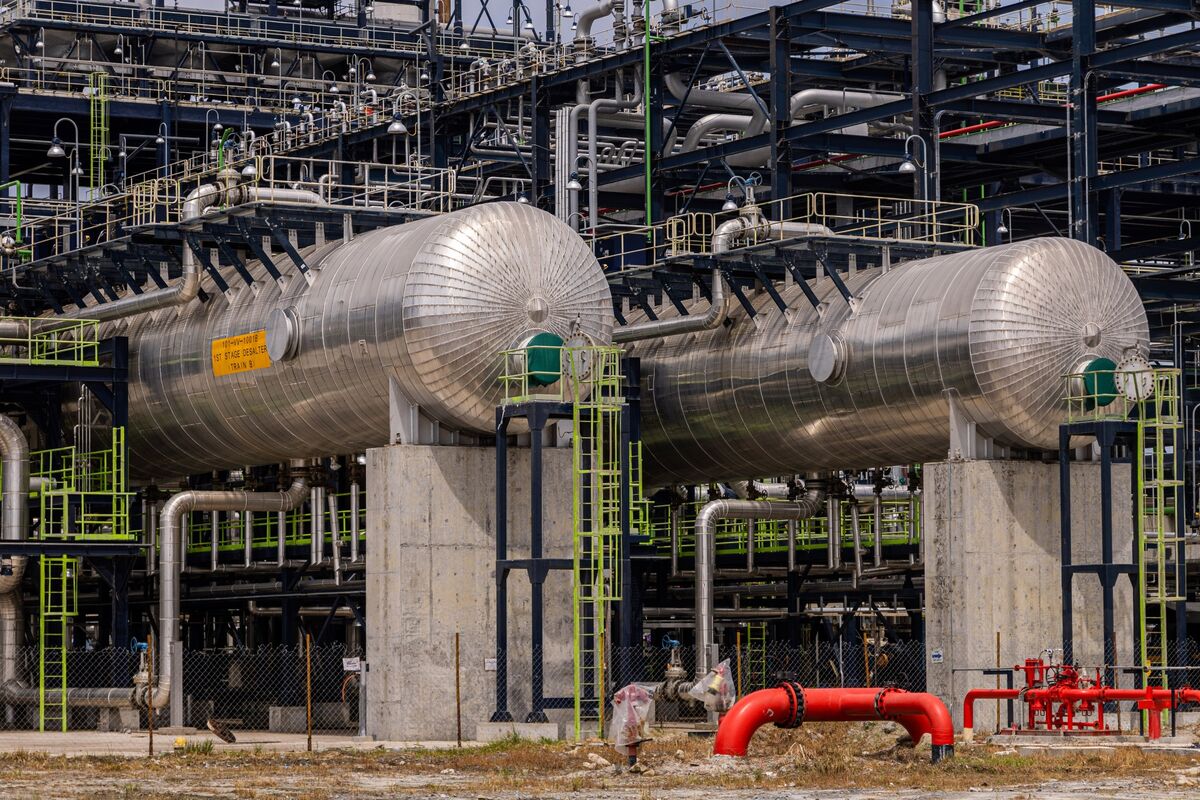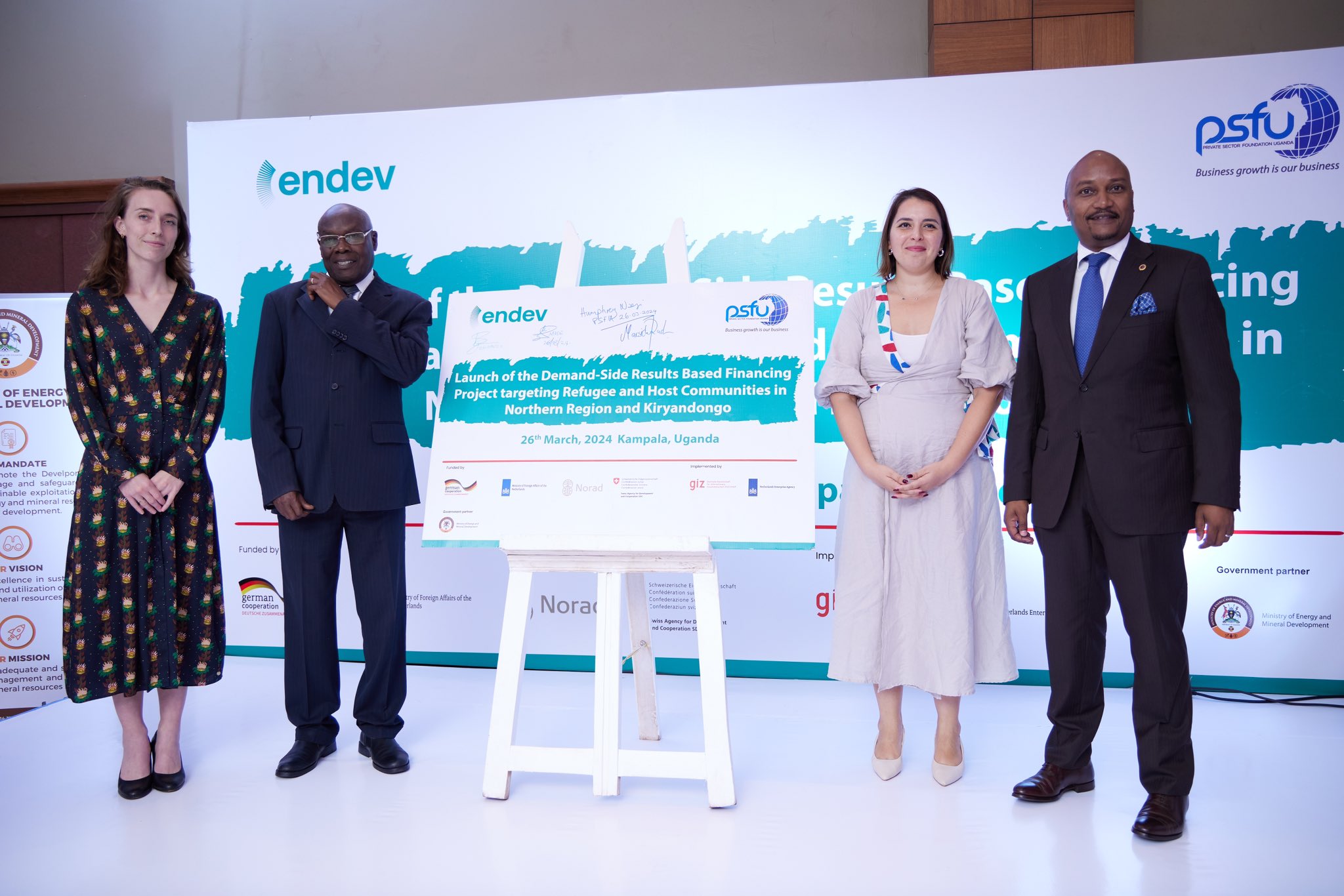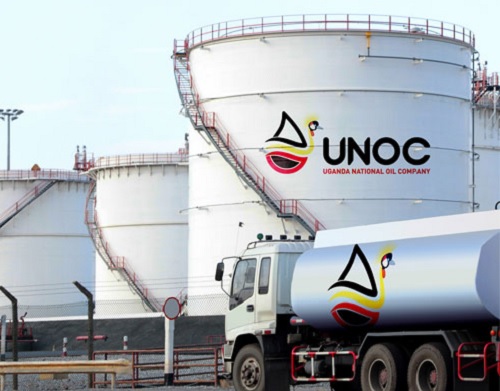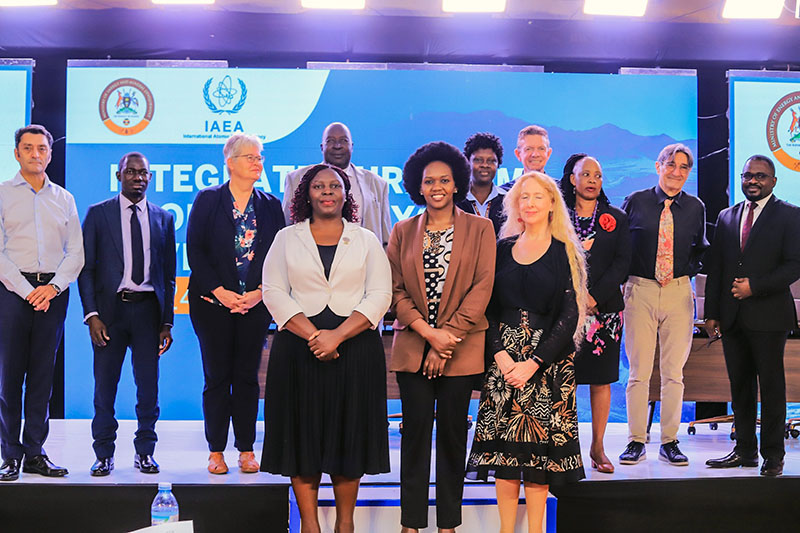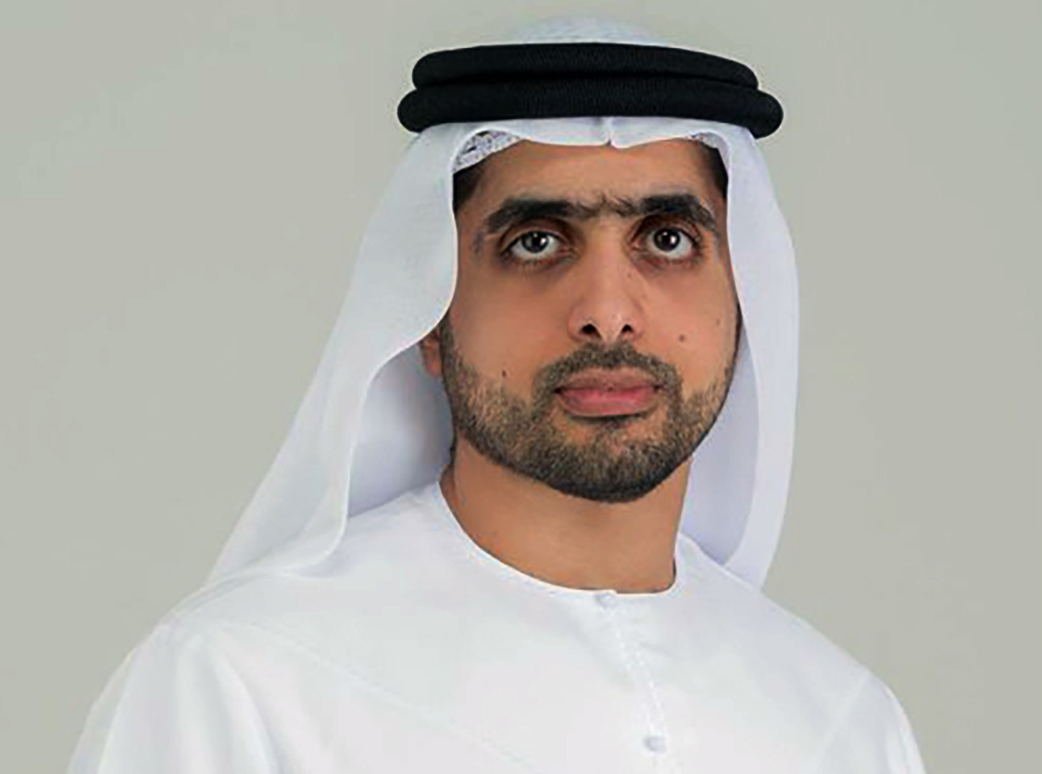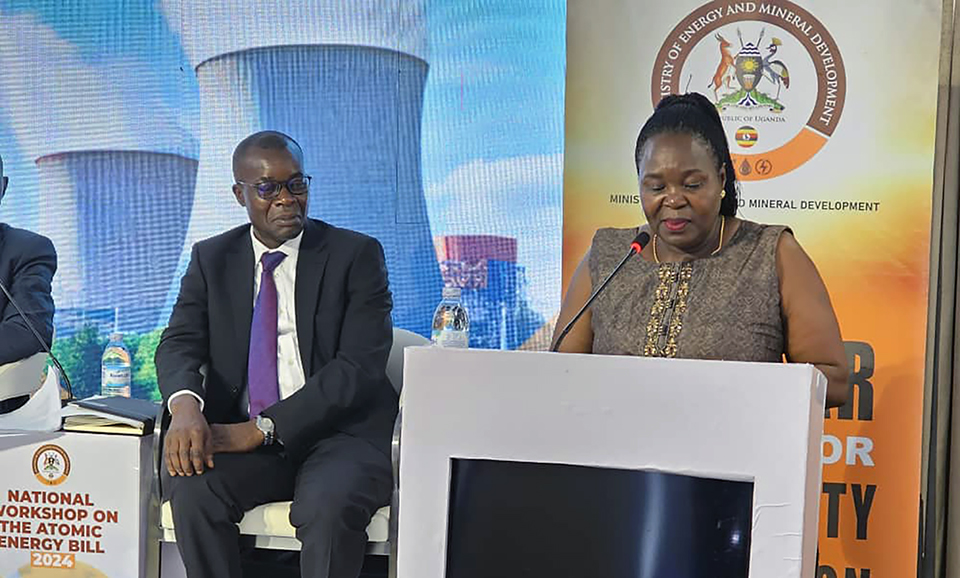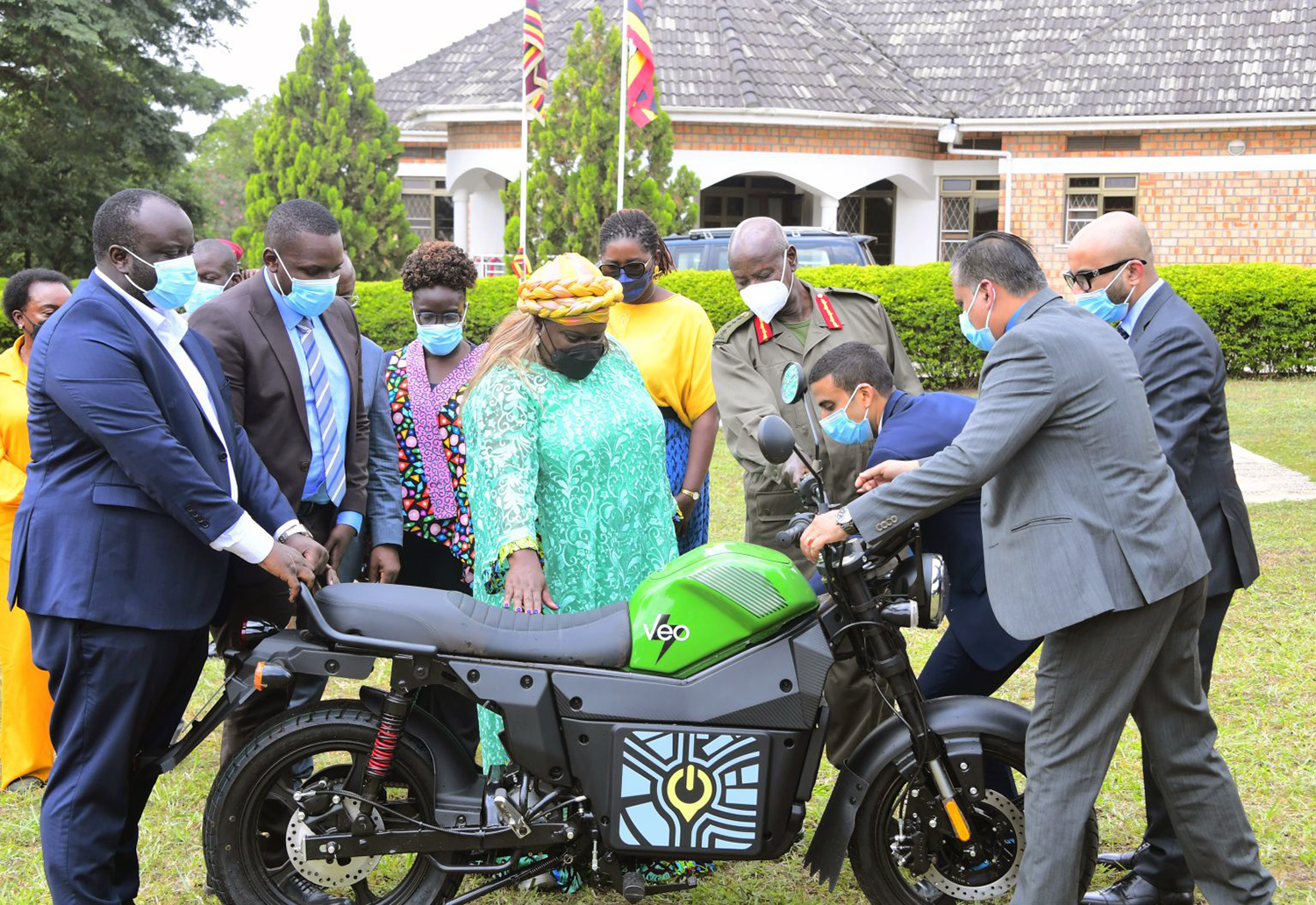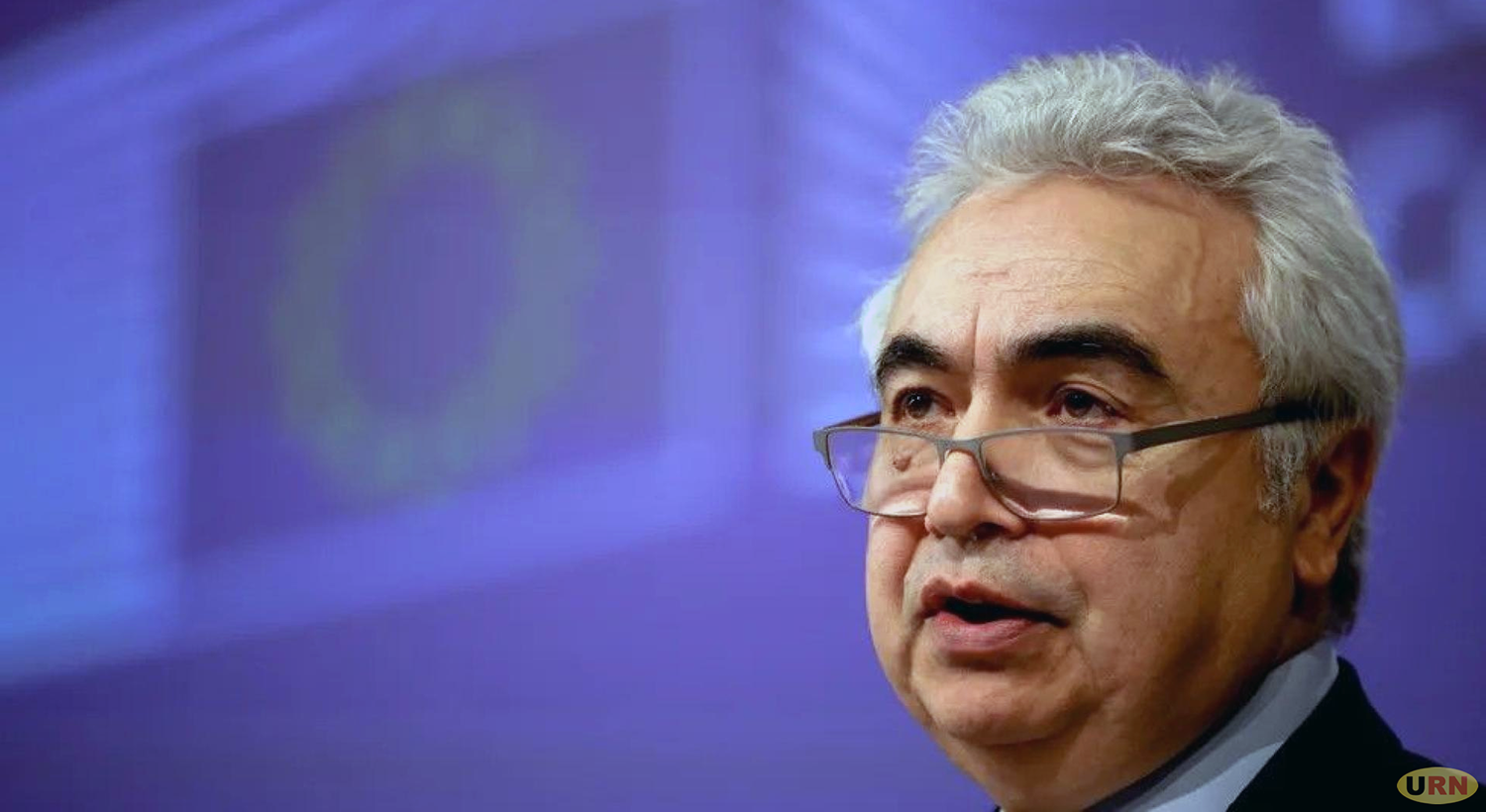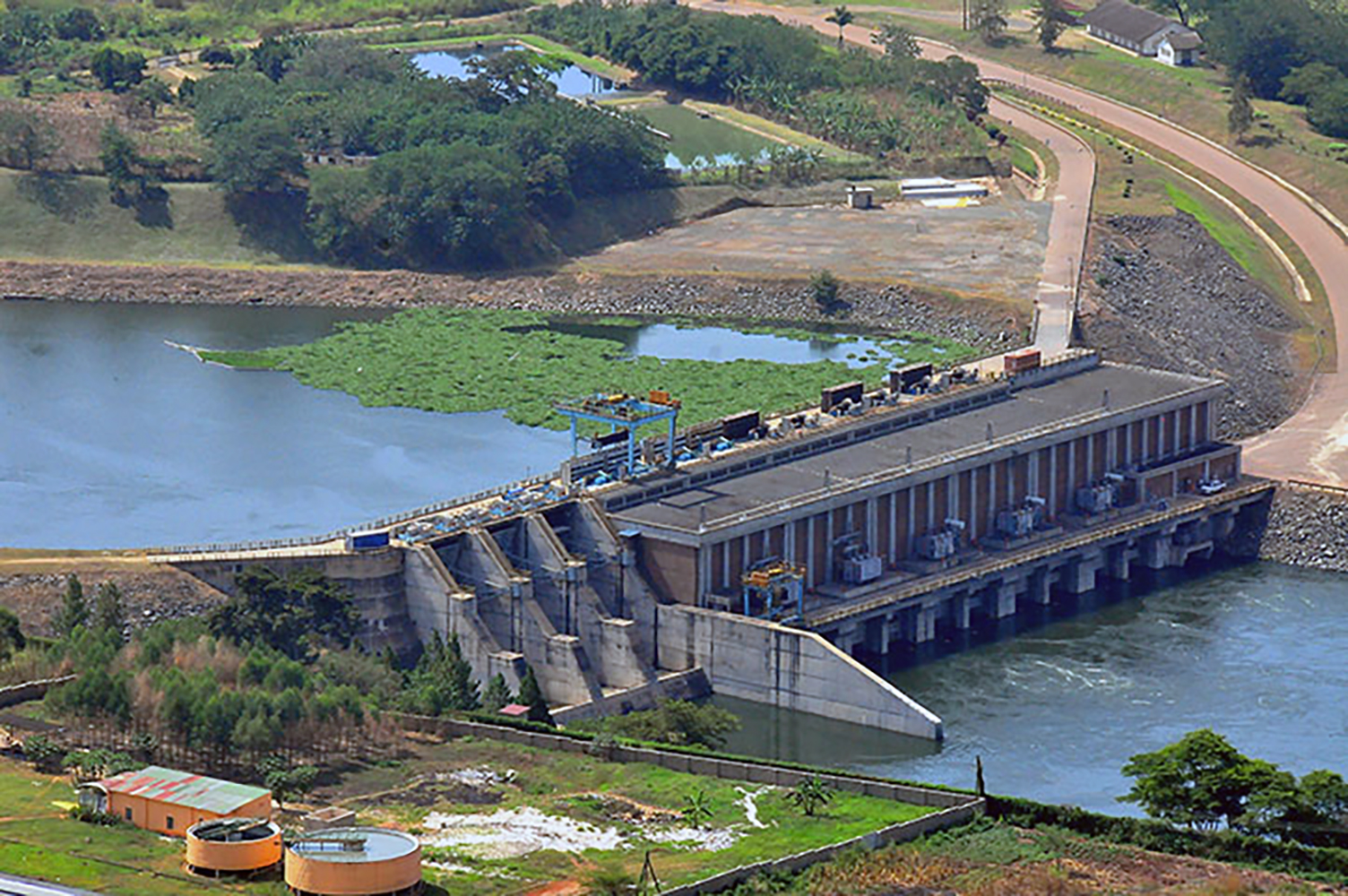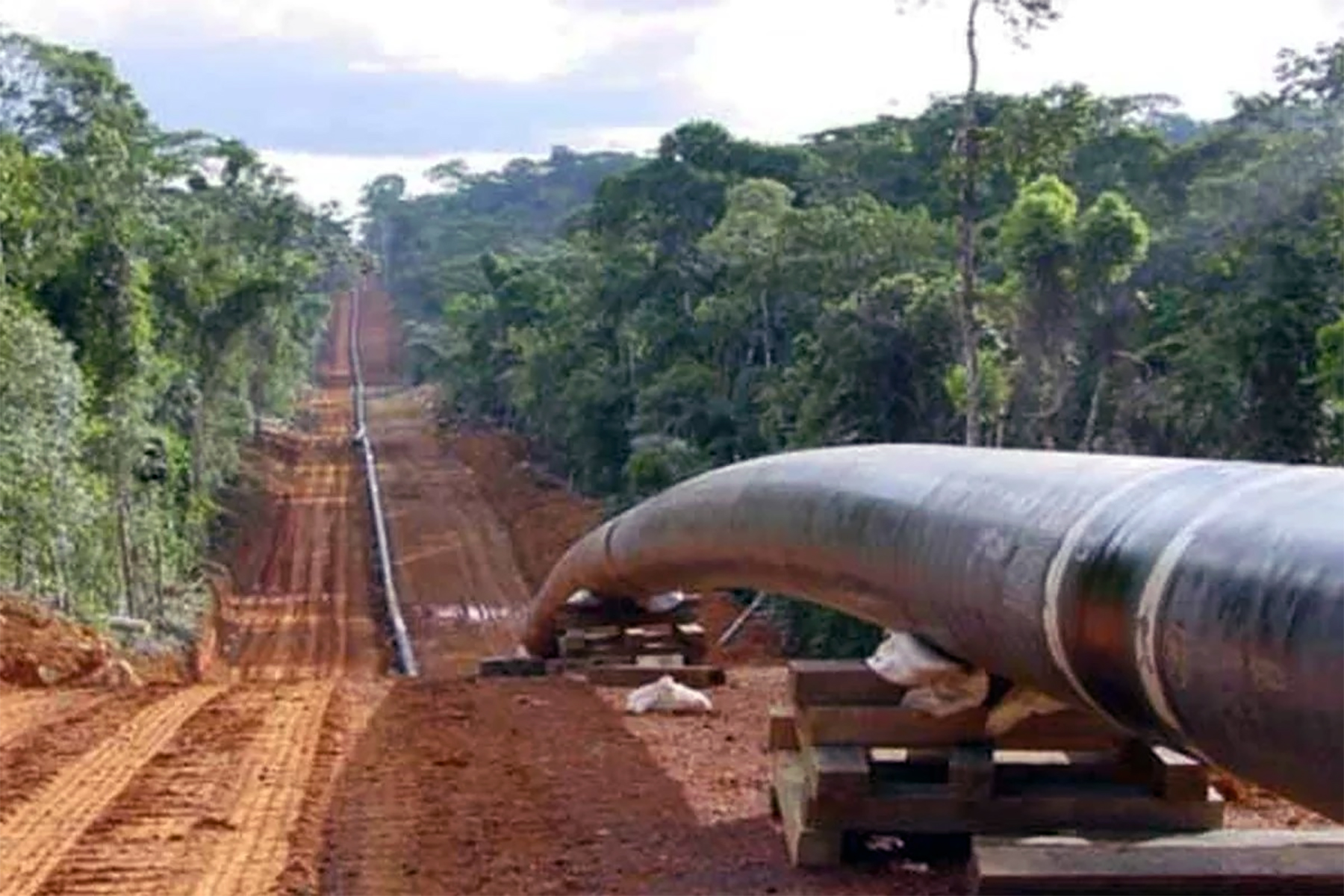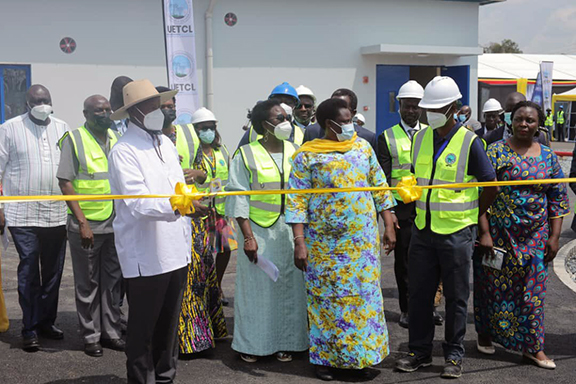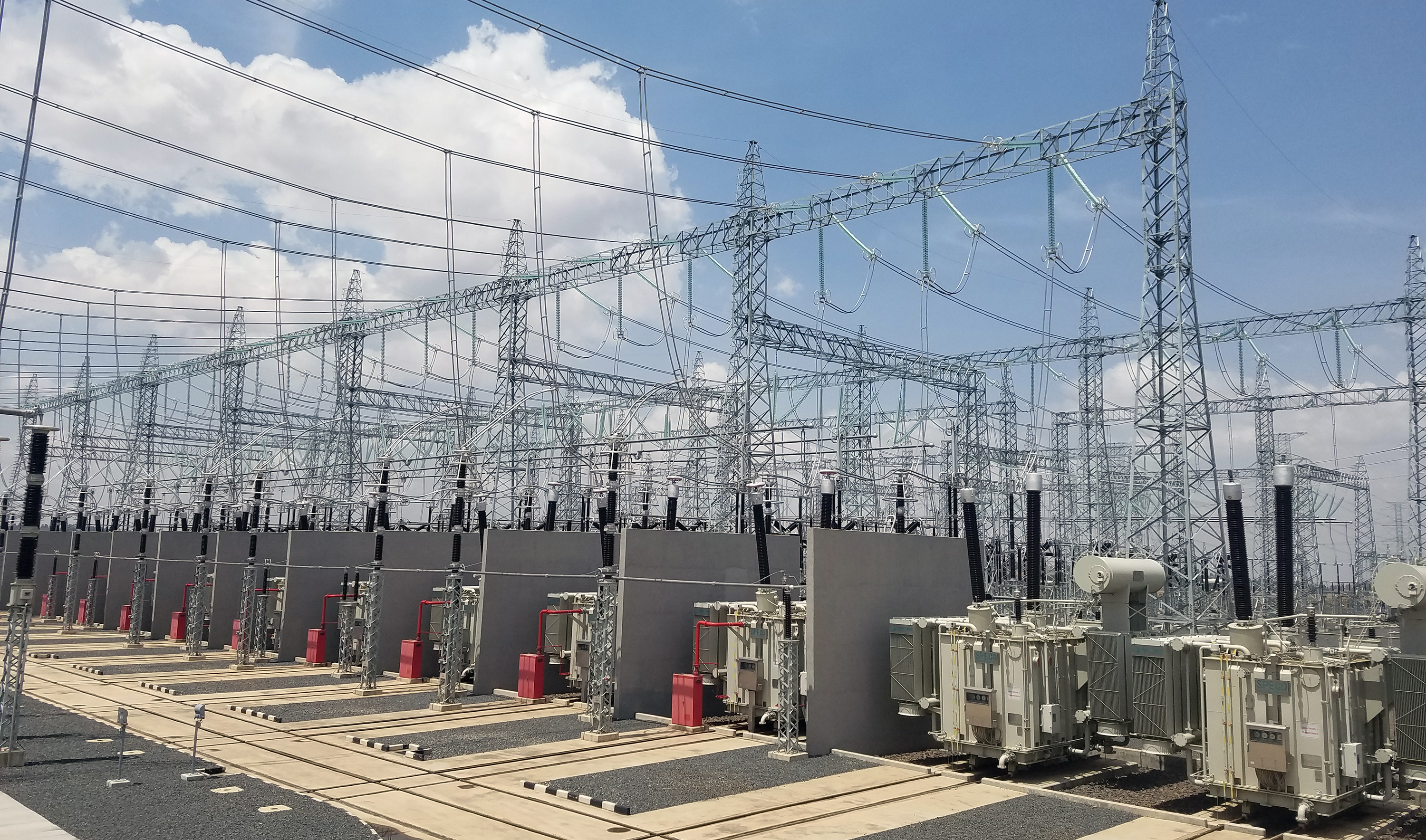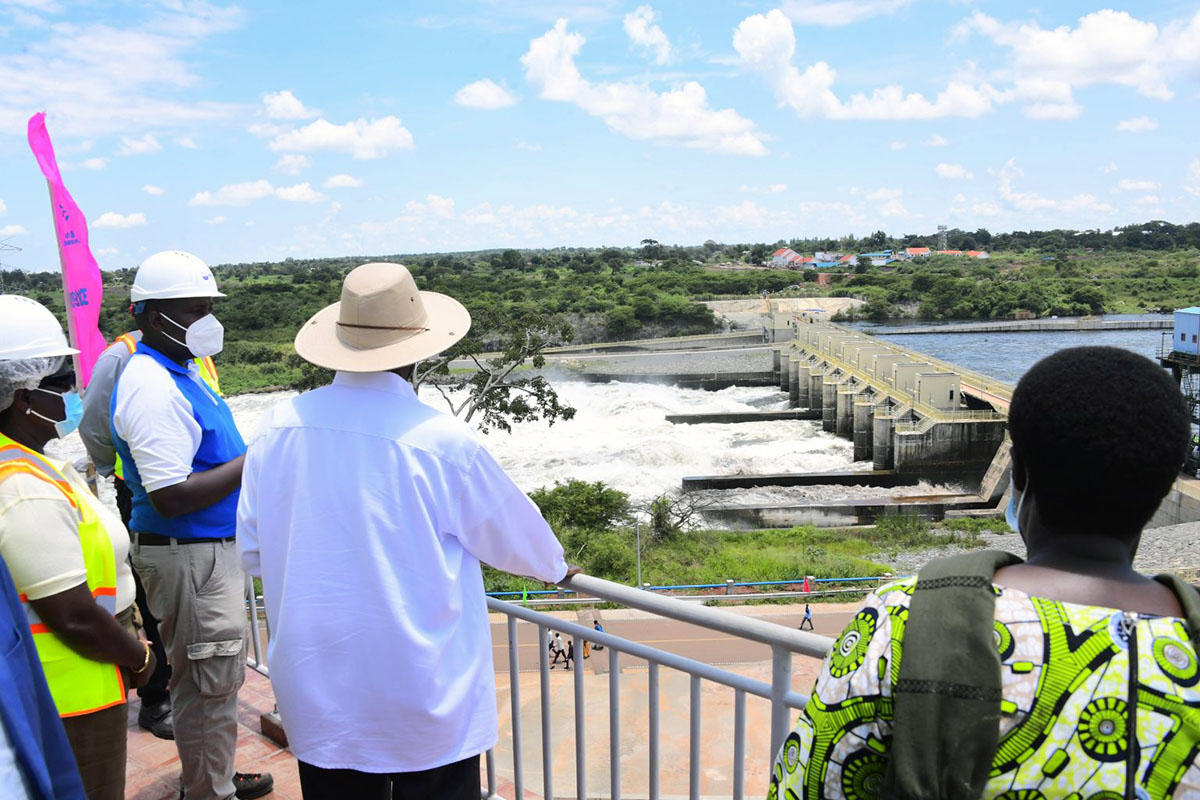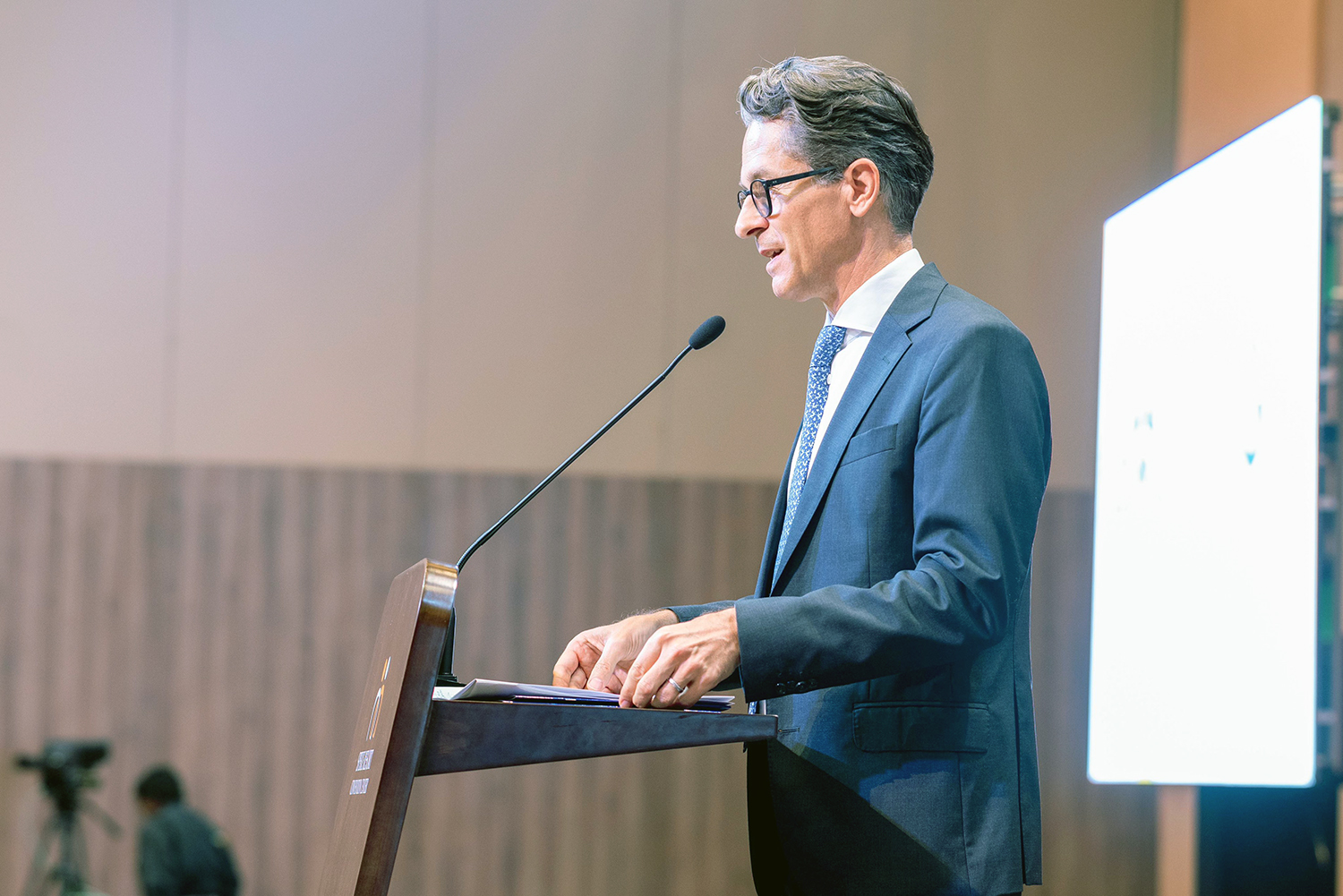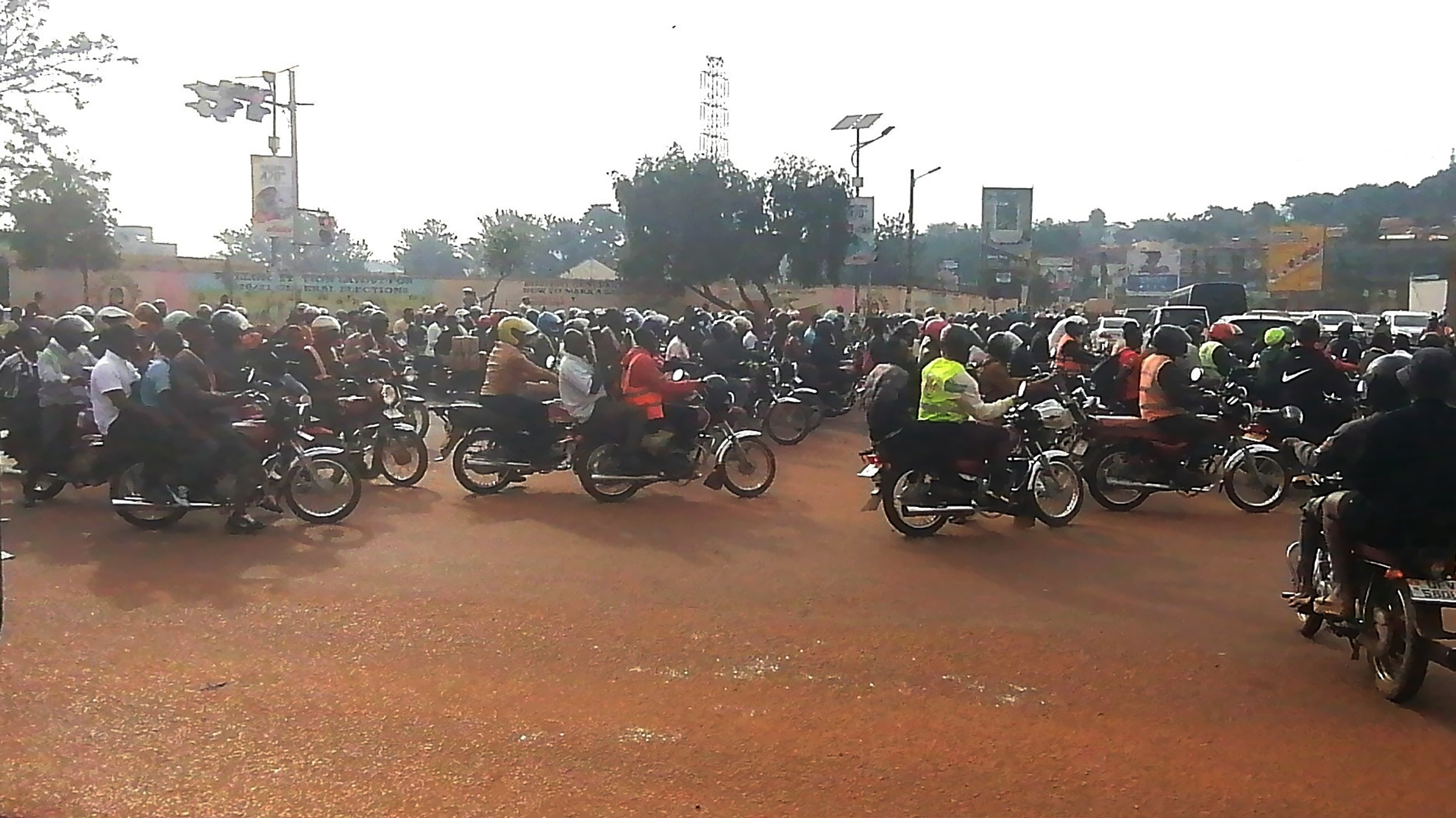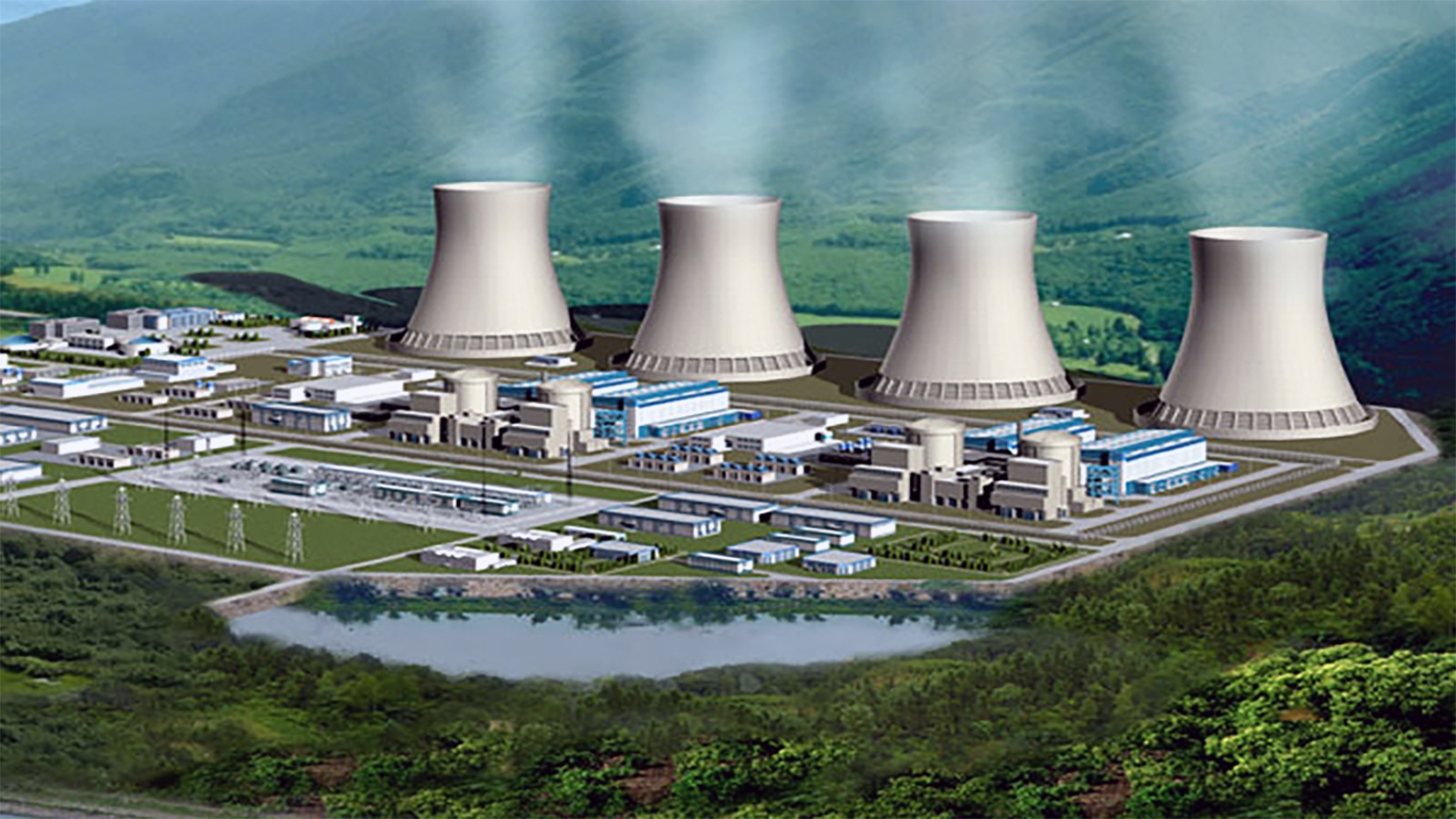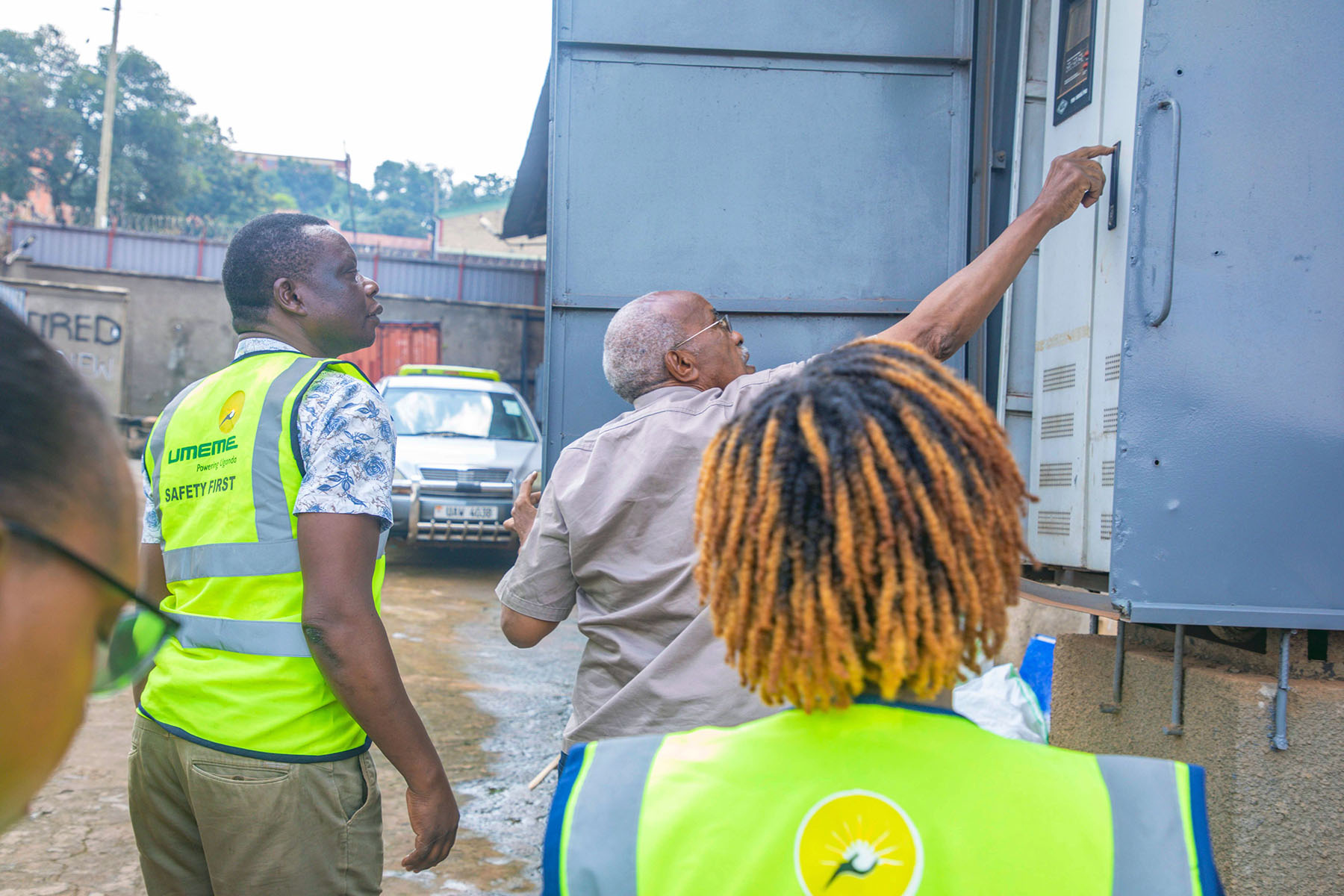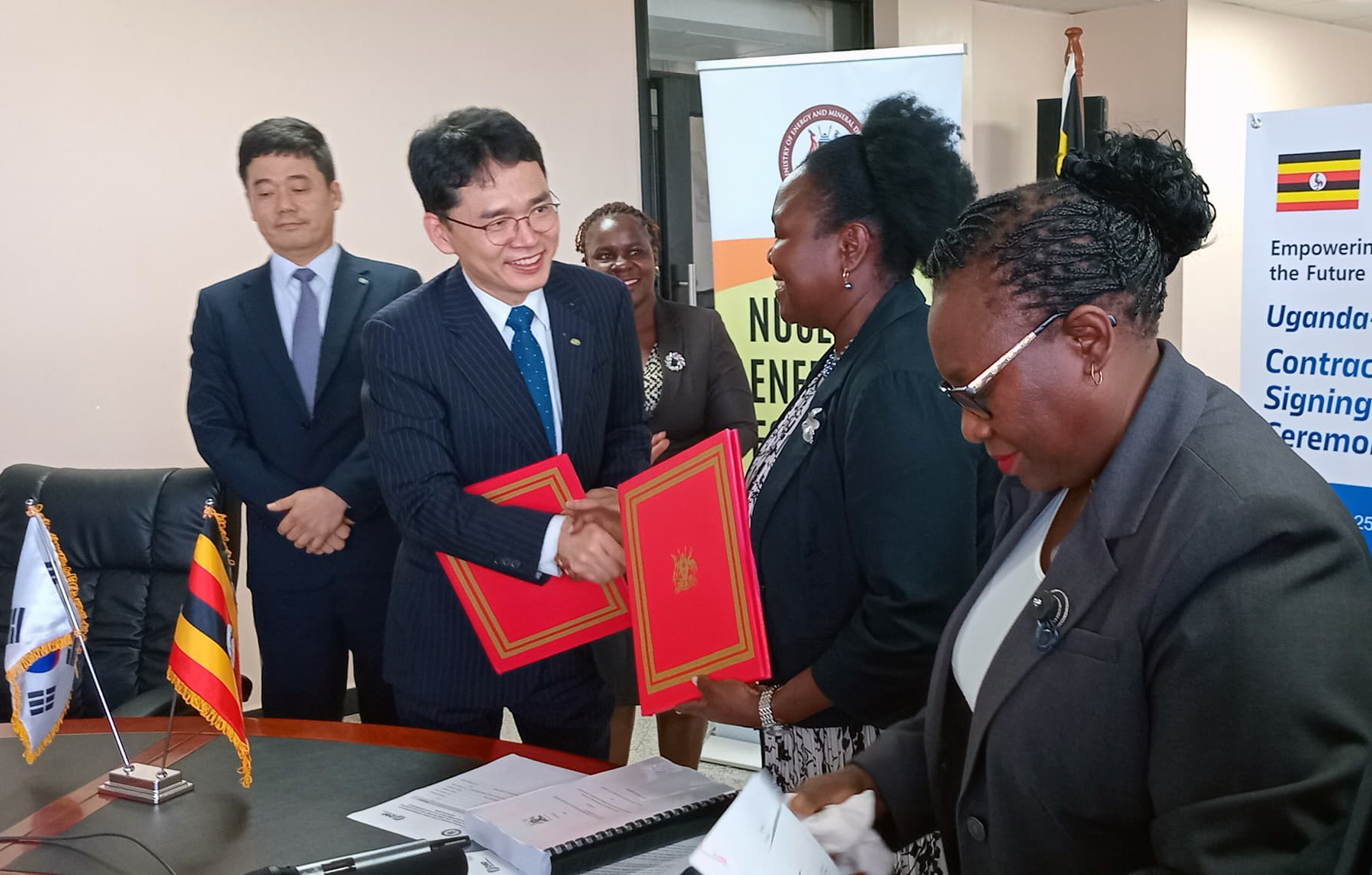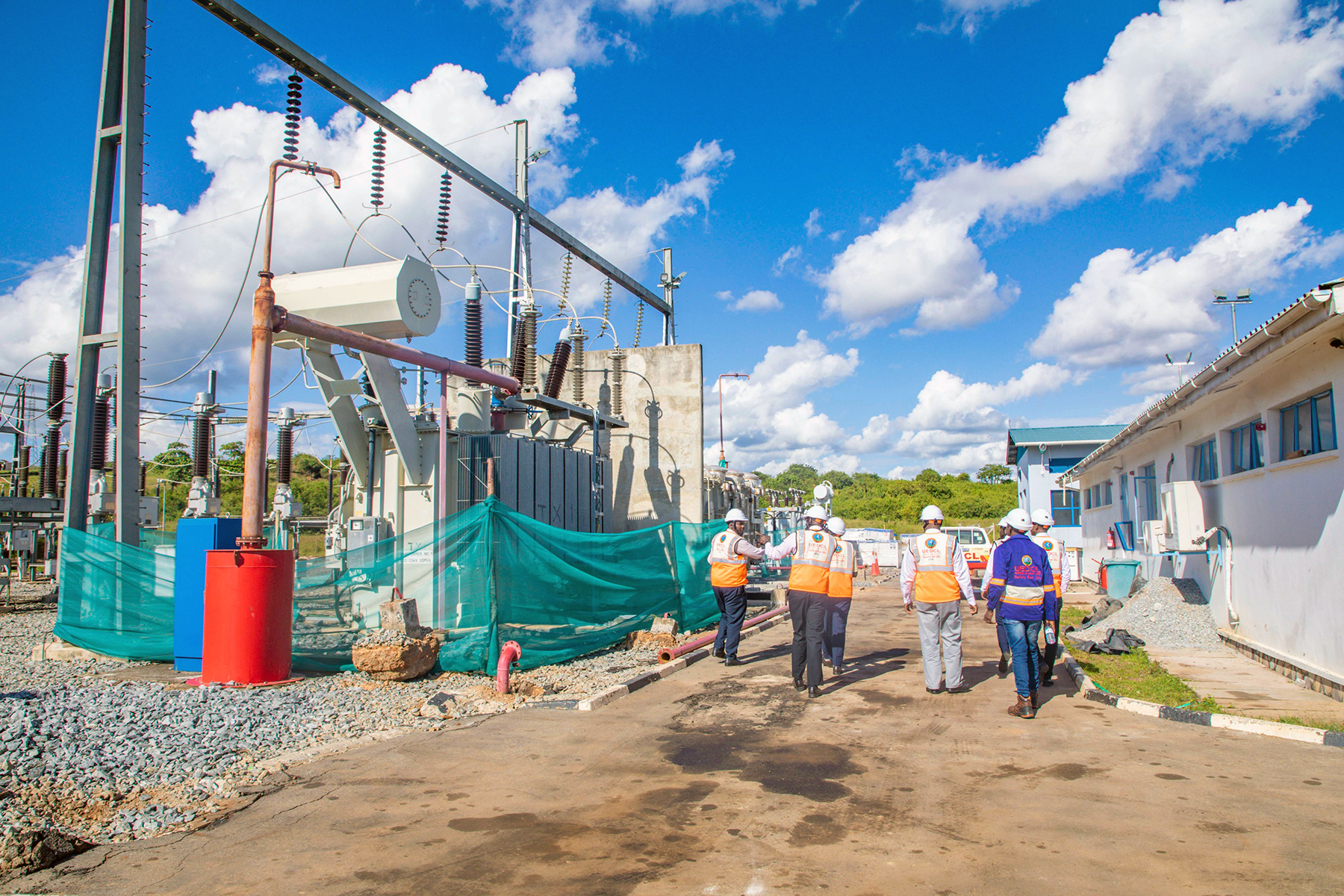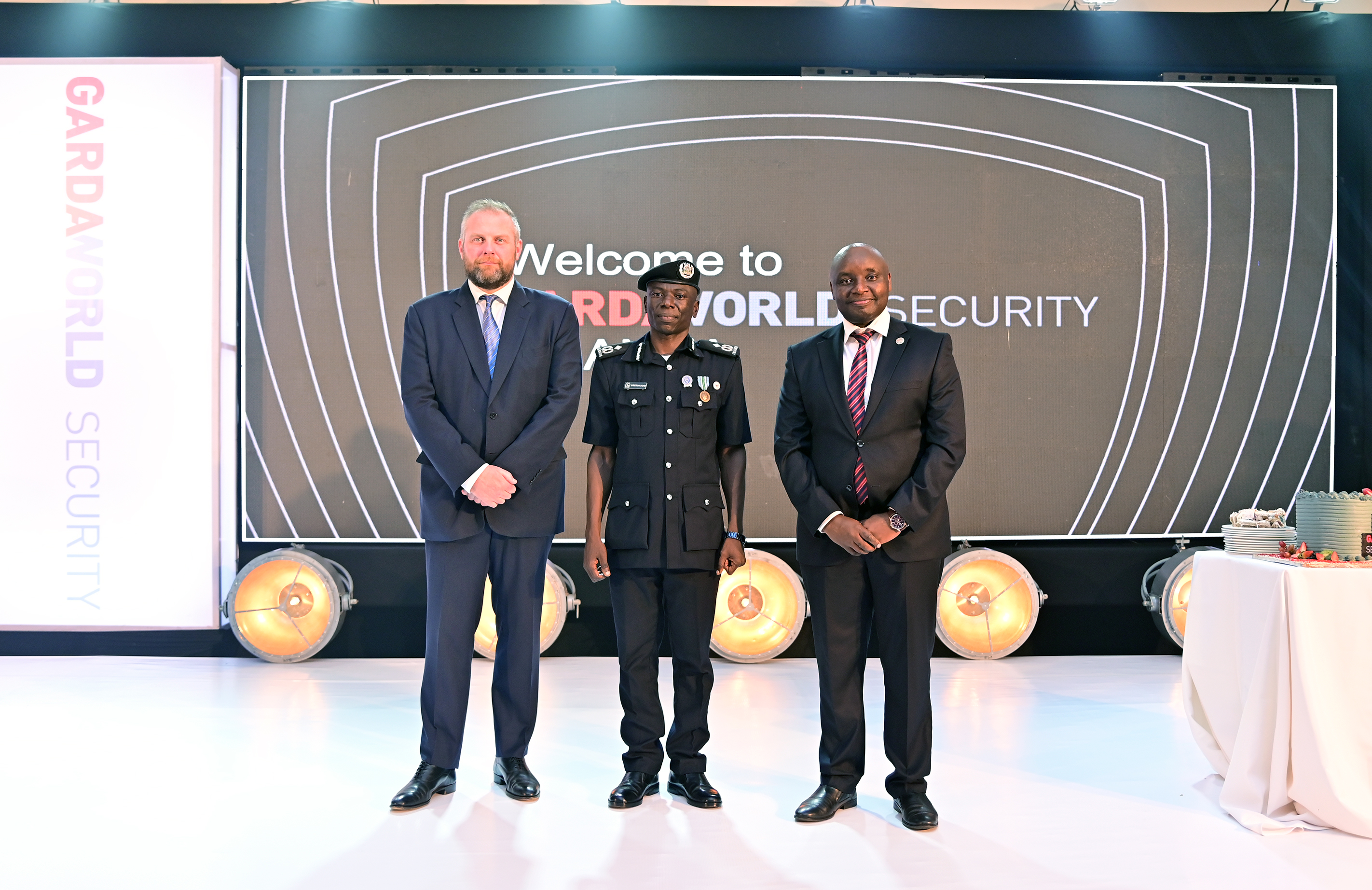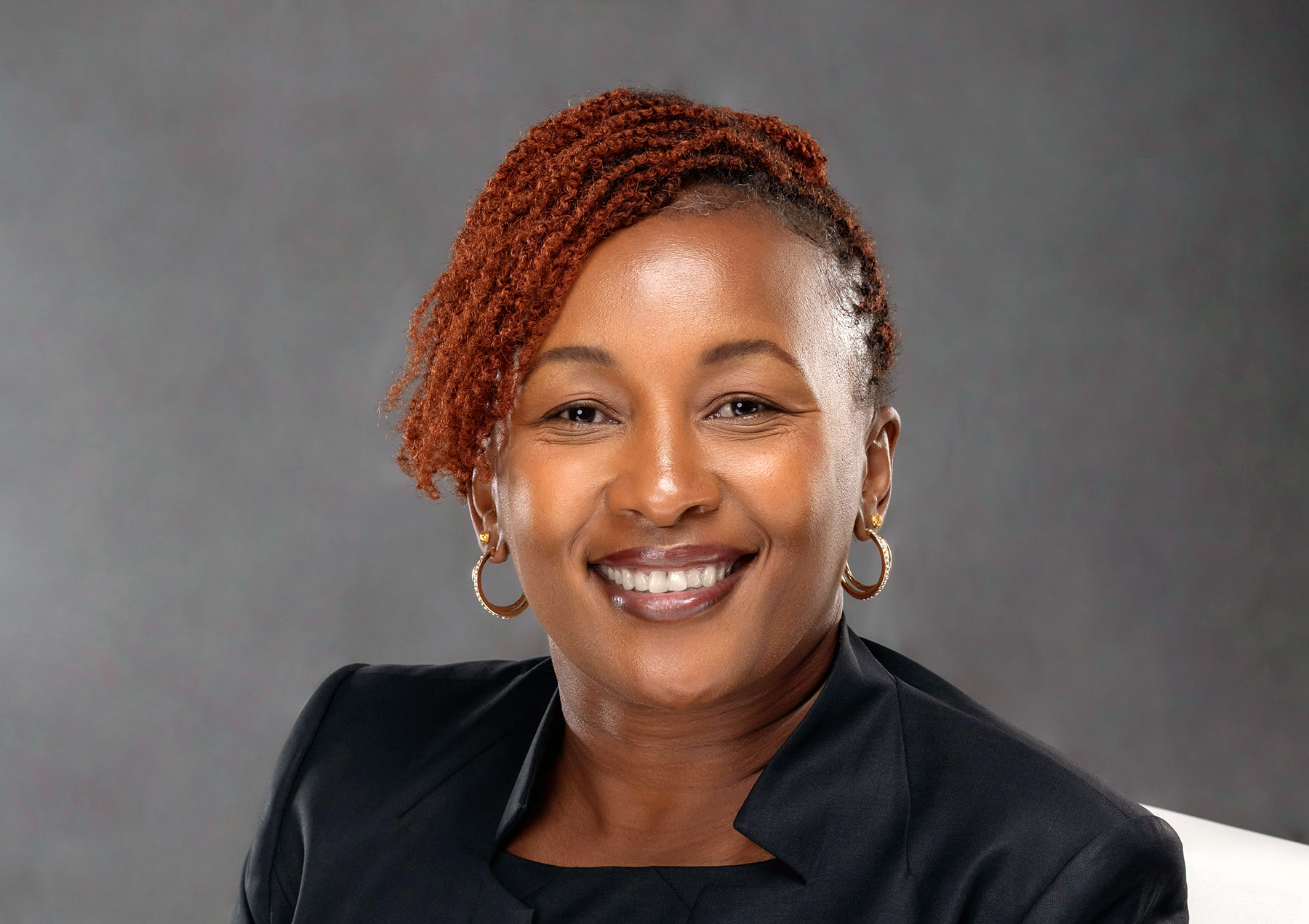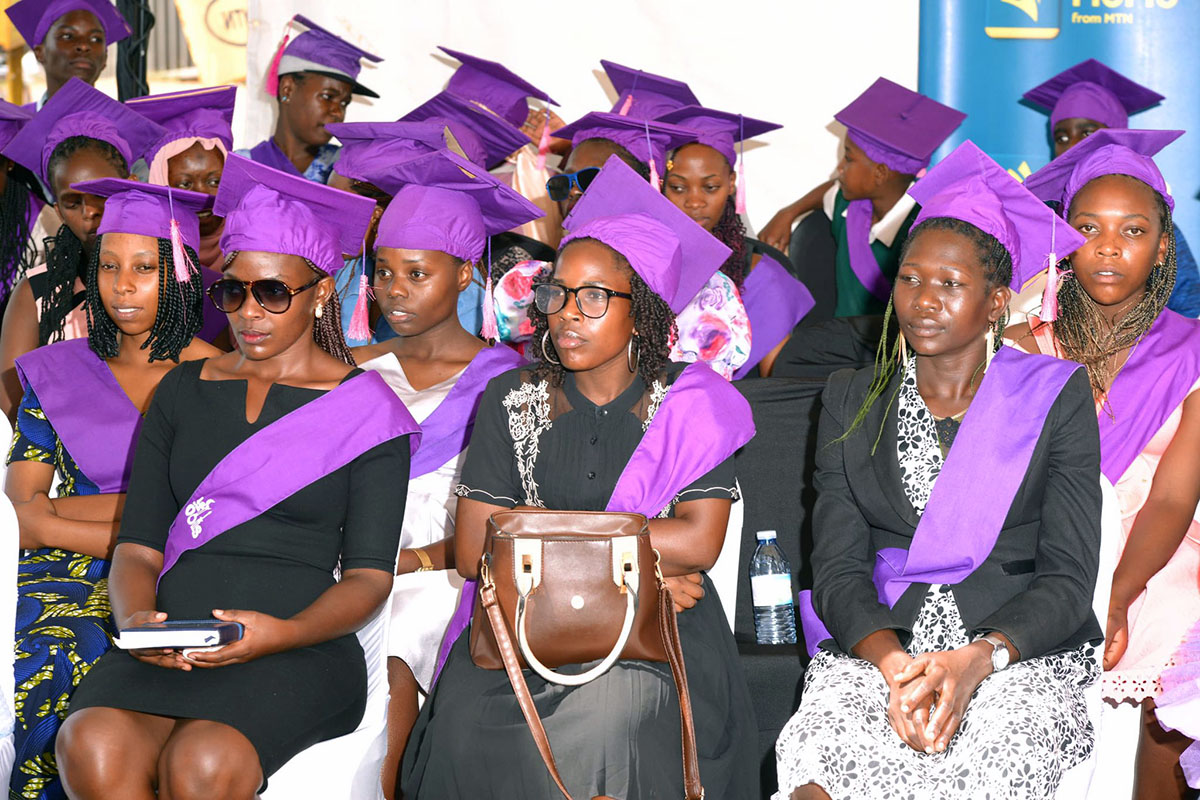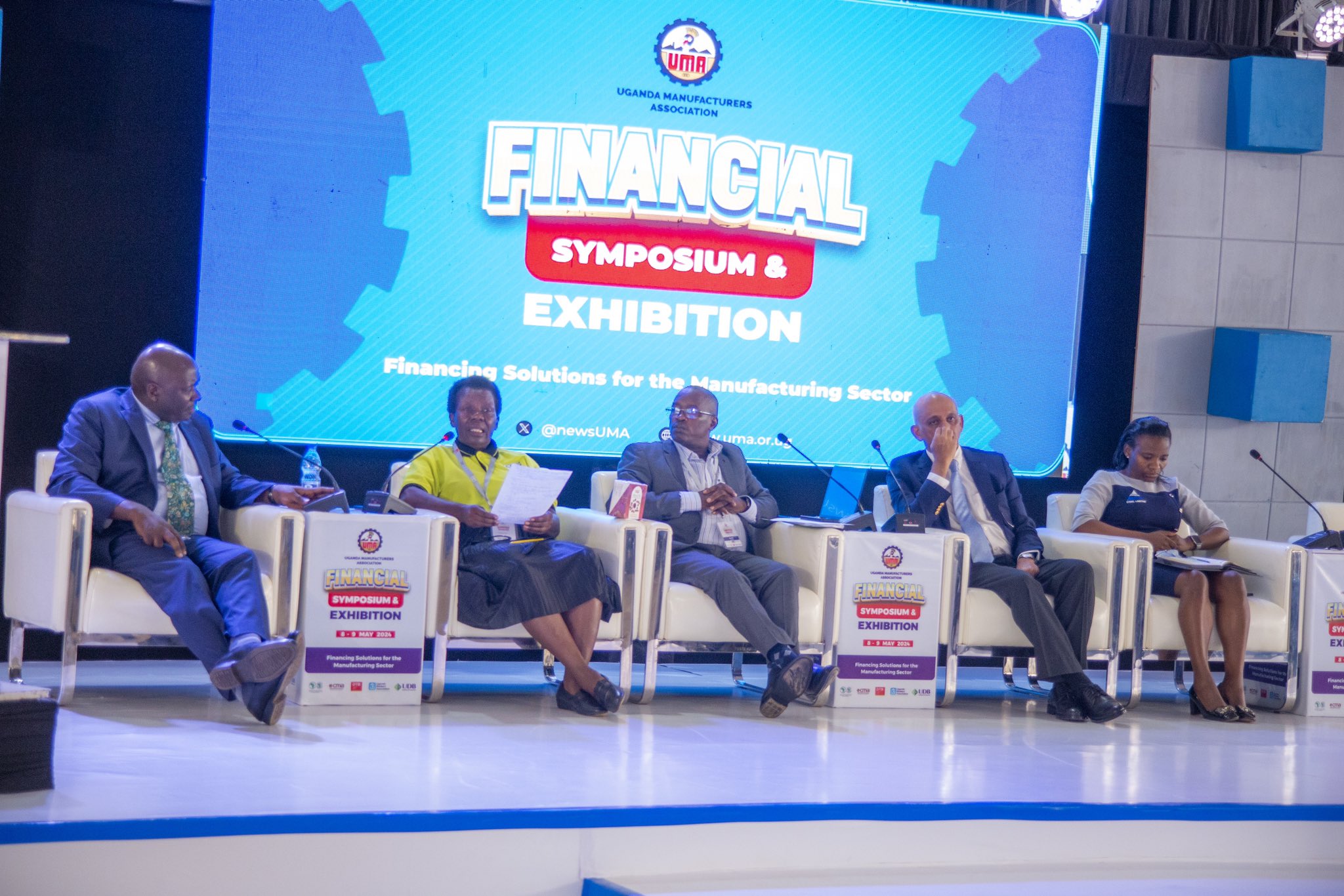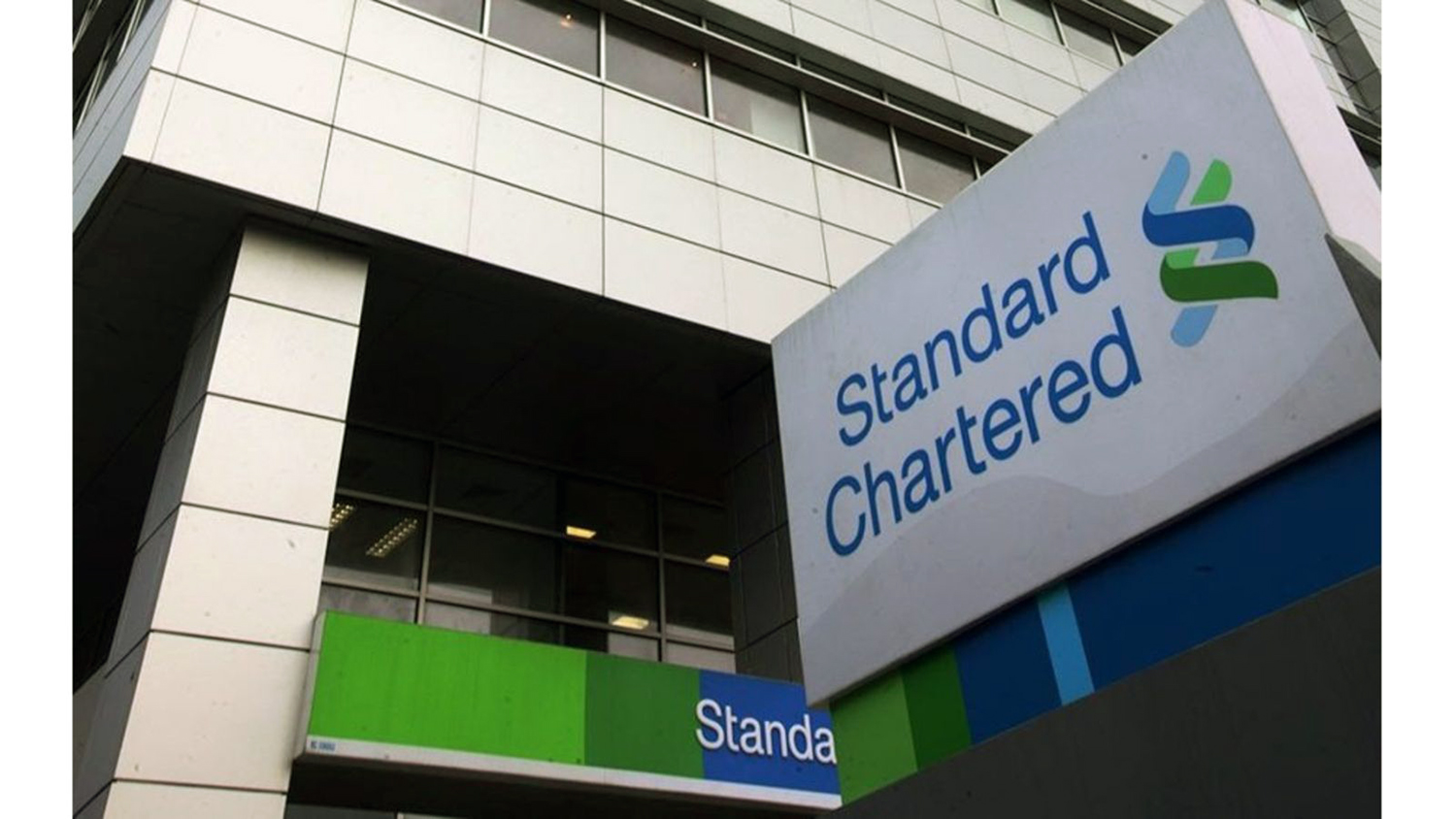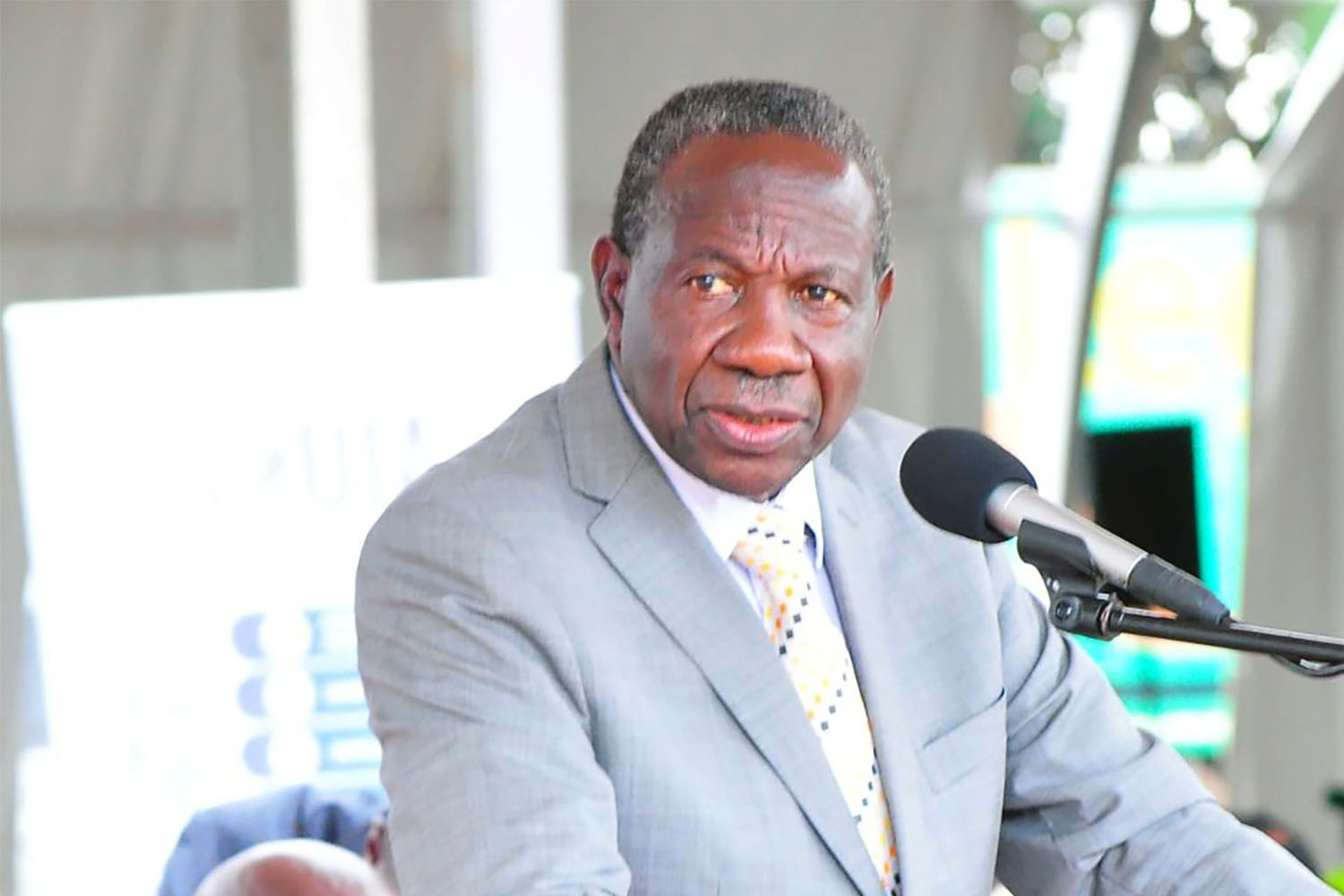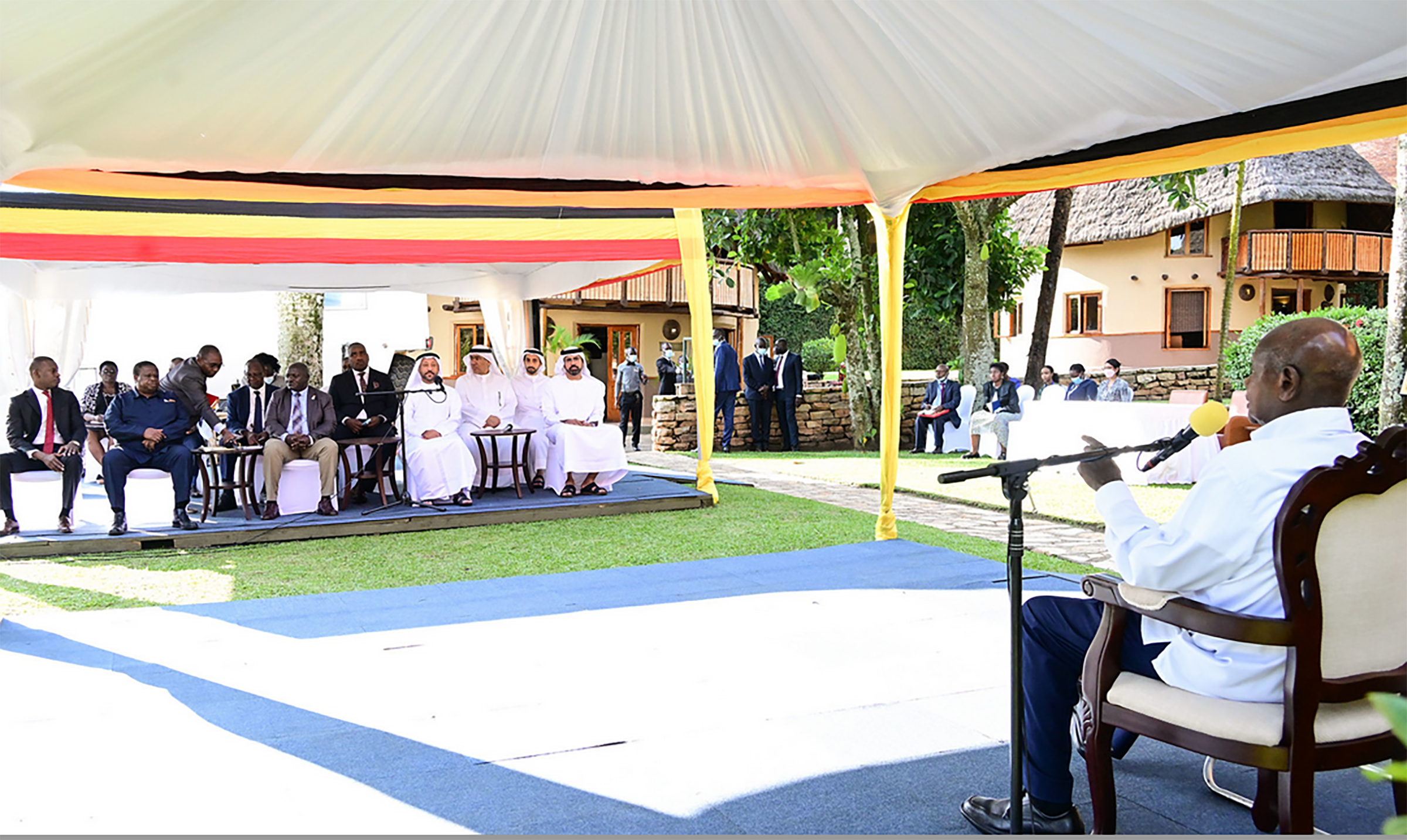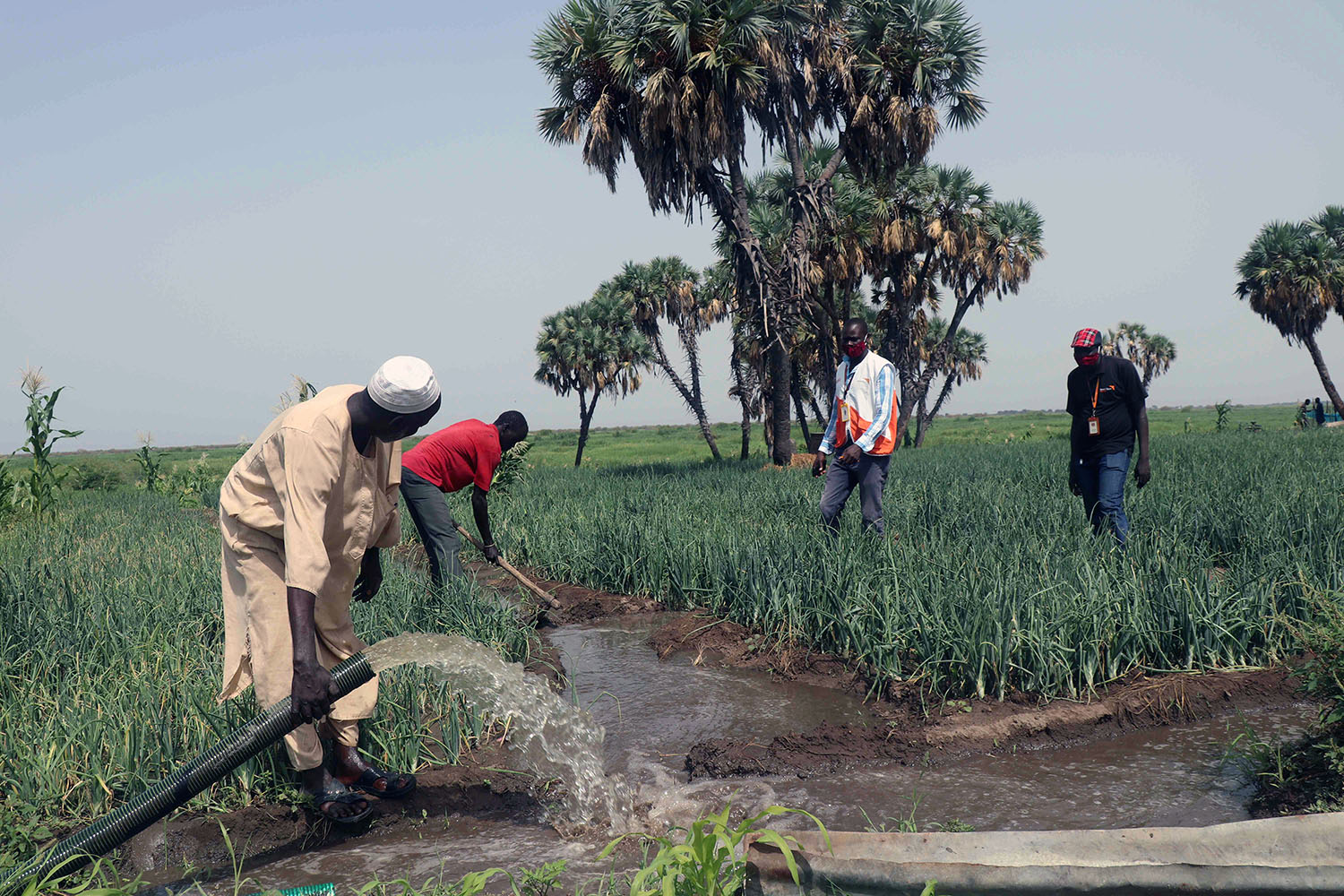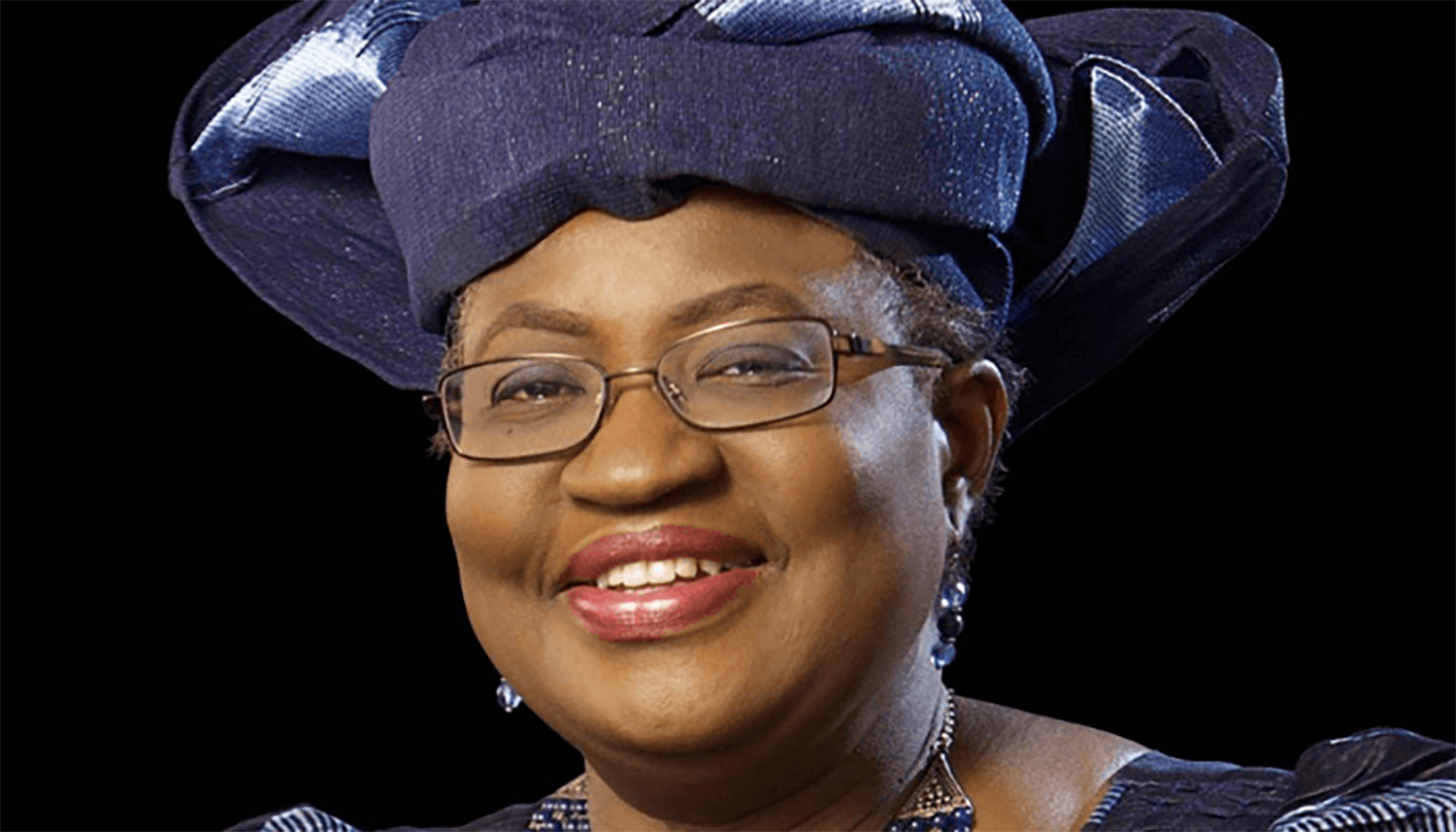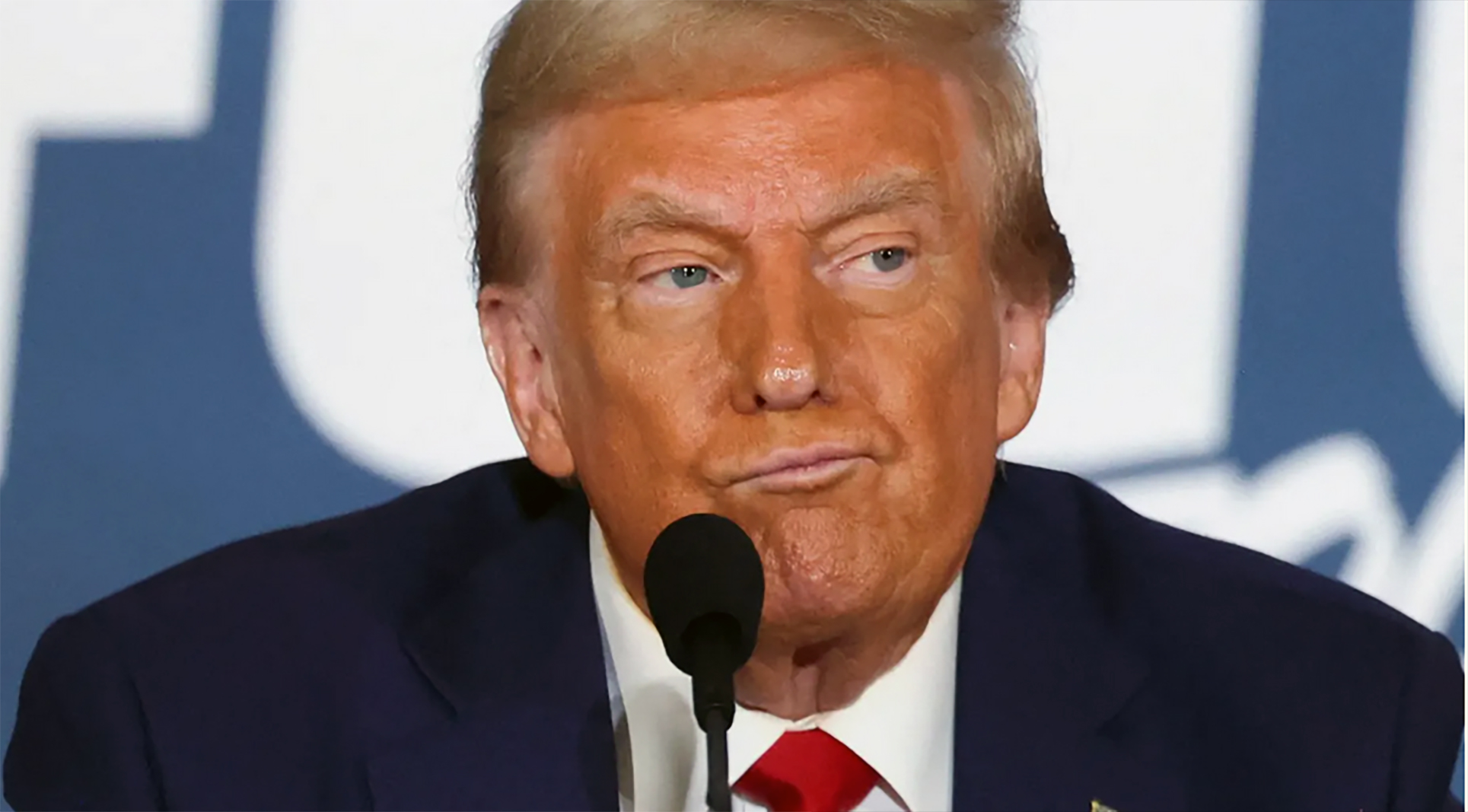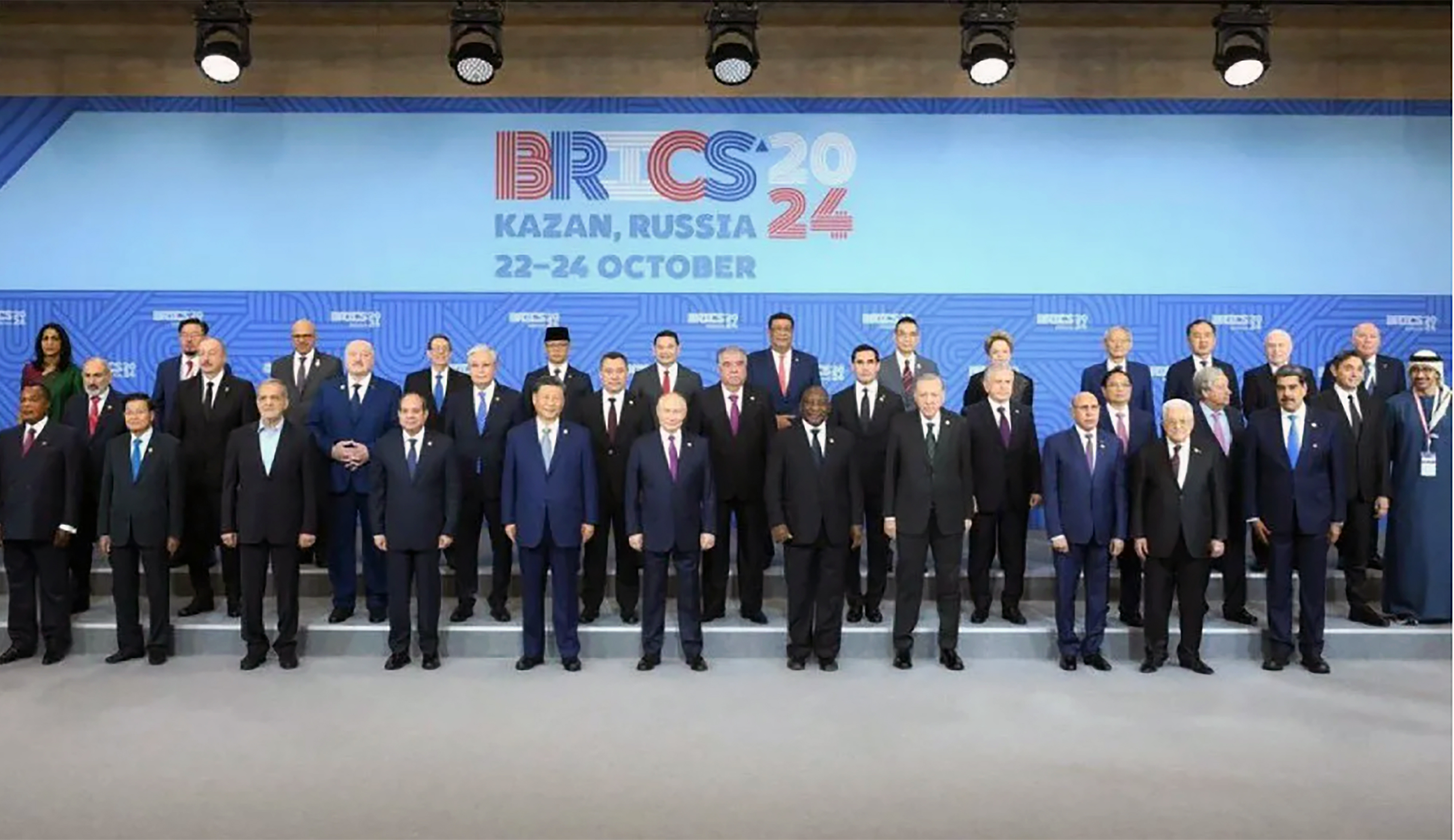Gov’t warned on electricity finance bottlenecks

Sidronious Okasaai(3R), the State Minister for Energy, participates in a panel discussion with representatives of the donor community and private sector, at the forum in Kampala recently.
Uganda requires a massive capital injection of UGX 23 trillion if it is to achieve universal electricity access by 2040, Sidronious Okasaai Opolot, State Minister for Energy, has said.
“Uganda needs a capital injection of UGX 23 trillion if we are to achieve universal electricity access by 2040. This investment is not optional—it is essential for powering our homes, transforming our economy, and delivering social services to every corner of the country,” Okasaai said.
The minister was speaking at the 2025 Energy Access Investment Forum (EAIF) in Kampala, which brought together policy makers and implementers, investors, and energy stakeholders to strategize on scaling up access to modern energy services.
- Despite past achievements, including USD 1.5 billion (approx. UGX 5.7 trillion) invested in the energy sector over the last decade, the minister emphasized that the country still faces a significant funding shortfall. He stressed the urgency of private sector involvement, alongside development partners, to bridge this gap.
“We’re investing across generation, transmission, and distribution, but we need greater collaboration and financing especially from the private sector to deliver on our promise of universal energy access,” he added.
Uganda’s current electricity access rate stands at 47.1% of the population, with significant disparities between urban and rural areas. The government has set a target of universal household connections by 2030, with an intermediate target of 51% rural access by 2030 and 100% national access by 2040, as outlined in the Rural Electrification Strategy and Plan.
- The roadmap includes expanding both grid and off-grid solutions. According to the National Electrification Strategy, Uganda aims to achieve 60% grid-based access and 33% off-grid access by 2027. Key enablers will include solar mini-grids, standalone home systems, and clean cooking technologies.
One of the flagship programs driving this effort is the Uganda Energy Access Scale-up Project (EASP), funded by the World Bank. The project prioritizes refugee settlements and underserved rural communities, while promoting productive uses of electricity in businesses, schools, and health centers.
“This is about productive use of electricity, not just lighting homes,” said Okasaai. “We want to power businesses, schools, health centers—and in doing so, boost economic activity.”
Speaking at the event, David Lecoque, CEO of the Alliance for Rural Electrification (ARE), said Uganda's vision aligns with continental trends in sustainable energy.
“The energy transition in Africa is not only possible—it’s already happening. Uganda is poised to lead, but it must create an enabling environment for investment,” Lecoque said.
- Private sector players stressed the need for access to affordable credit, risk guarantees, and technology transfer. Carol Koech from Schneider Electric urged support for local entrepreneurs and flexible financing models to unlock growth and sustainability in the sector.
- Jan Sadek, the EU Head of Delegation to Uganda, reiterated Europe’s commitment to Uganda’s energy goals through grants and concessional loans.
“We’re supporting Uganda not just with grants, but also concessional loans to scale access, promote clean cooking, and protect the environment for future generations,” Sadek said.
EAIF 2025 was organised by the Alliance for Rural Electrification (ARE), co-hosted by the European Union (EU) through its Global Gateway initiative and under the patronage of Ministry of Energy and Mineral Development of Uganda (MEMD). The event is supported by GET.invest, a European programme that mobilises investments in renewable energy.
GET.invest is co-funded by the European Union, and the Governments of Germany, Norway, the Netherlands, Sweden, and Austria.



.jpg)


